
22-10-2025
12 Types of Power Plants for Alternative & Renewable Energy
As technology and innovation develop, humans have begun to consider using power plants as a daily energy source. Power plants are more environmentally friendly and can help reduce dependence on nonrenewable energy.
Then, what types of power plants can you use at home and in the office? This article discusses types of power plants, so read the information below!
Types of Power Plants
Did you know? Electric energy can come not only from fossil energy but also from power plants. According to Badan Pusat Statistik, the total capacity of the installed power plants in 2023 was 73,461 MW. The power plant with the largest capacity was the coal-fired power plant (PLTU), which was 39,413 MW. Below are some types of power plants developed for renewable energy:
1. Solar Power Plant (PLTS)
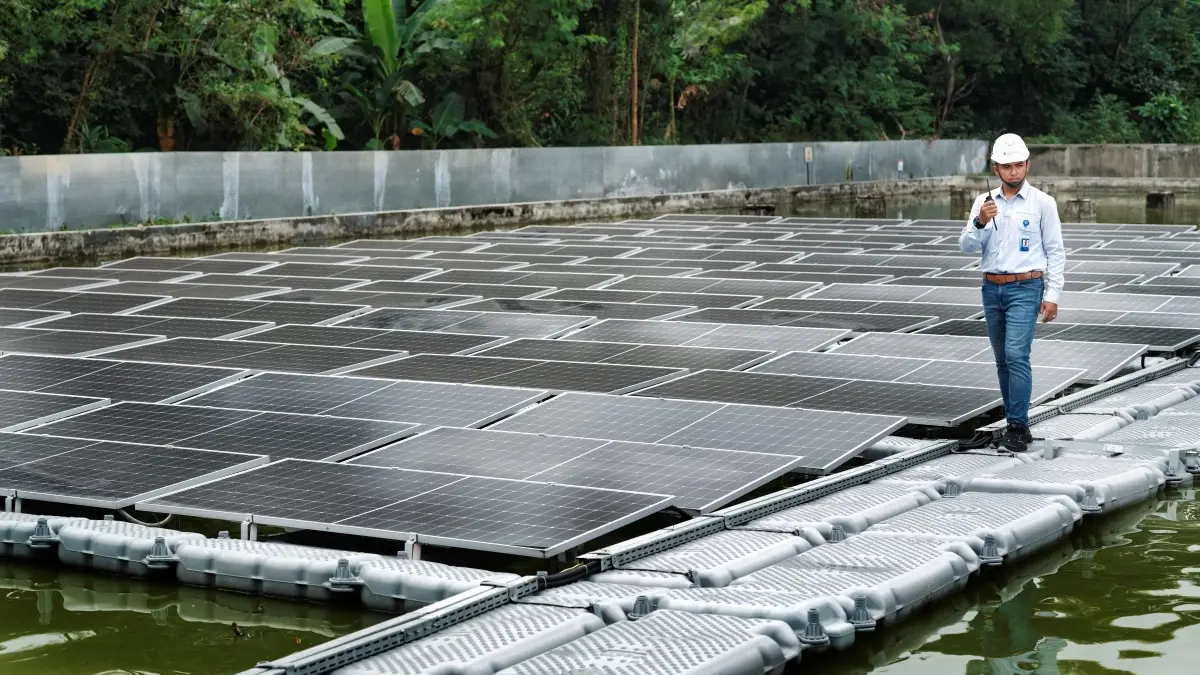
One of the common types of power plants is a solar power plant (PLTS). A solar power plant is an environmentally friendly power plant that uses sunlight. It uses a solar panel to capture sunlight and convert it into electricity. Solar panels can be installed on the rooftop, in an open area, or on a dam surface (solar floater).
2. Hydroelectric Power Plants (PLTA)
Next, you can utilize hydroelectric power plants that use river or dam flow to drive water turbines. These turbines are connected to electric generators that convert kinetic energy into electrical energy.
This type of power plant is also considered more environmentally friendly because it does not emit carbon. In Indonesia, this type of power plant has considerable potential, estimated at around 76,760 MW. The abundance of rivers and dams in Indonesia supports this.
3. Geothermal Power Plant (PLTPB)
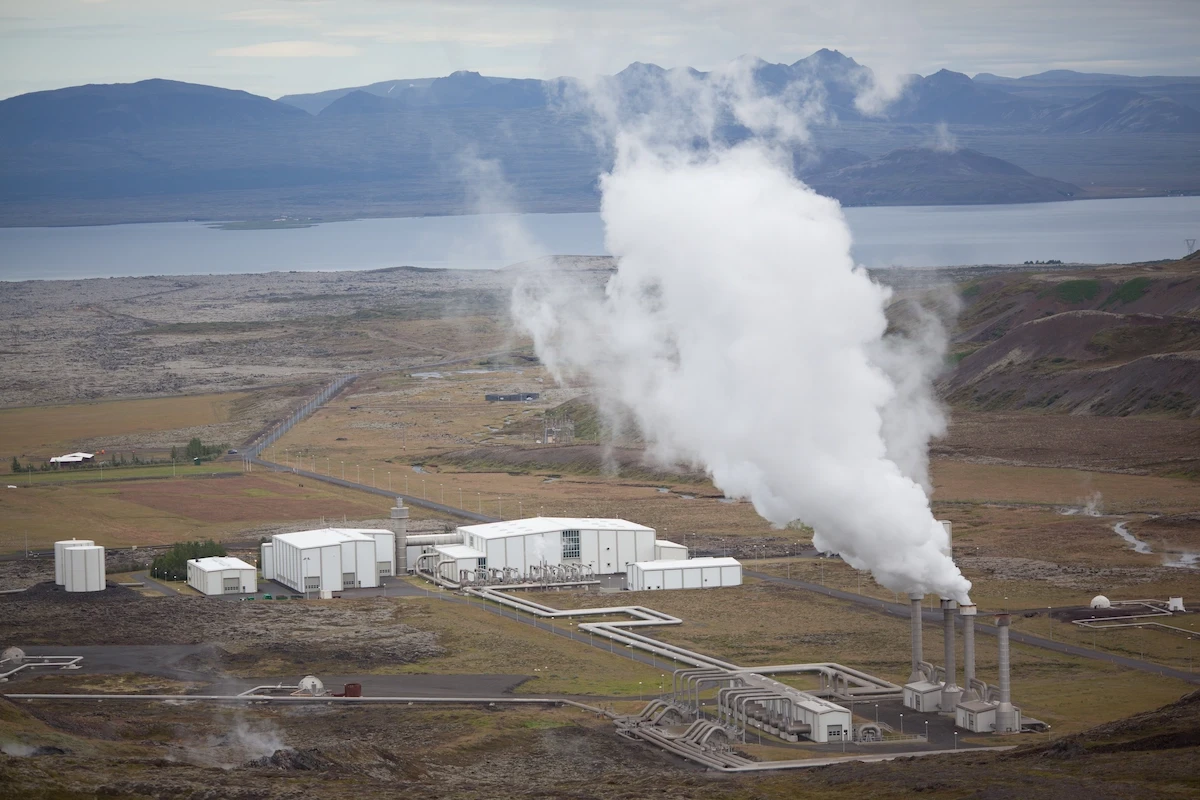
PLTPB is a type of power plant that uses geothermal energy. In general, power plants are divided into three types: binary cycle power plants, flash steam power plants, and dry steam power plants. PLTPB uses the Earth's heat to move the steam turbine. Then, the turbine connected to the electric generator produces energy.
Read also: New Renewable Energy: Definition, Indicators, and Examples
4. Wind Power Plant (PLTB)
PLTB usually uses wind turbines. The electric generator will transform kinetic energy from the turbine into electricity. The Indonesian government has a PLTB capacity target of about 255 MW in 2025.
In 2020, the capacity of PLTB reached 135 MW. Our country also has the largest wind power plant in the nation, PLTB Sidrap, with 30 wind turbines and a capacity of 75 MW.
5. Gas Power Plant (PLTG)
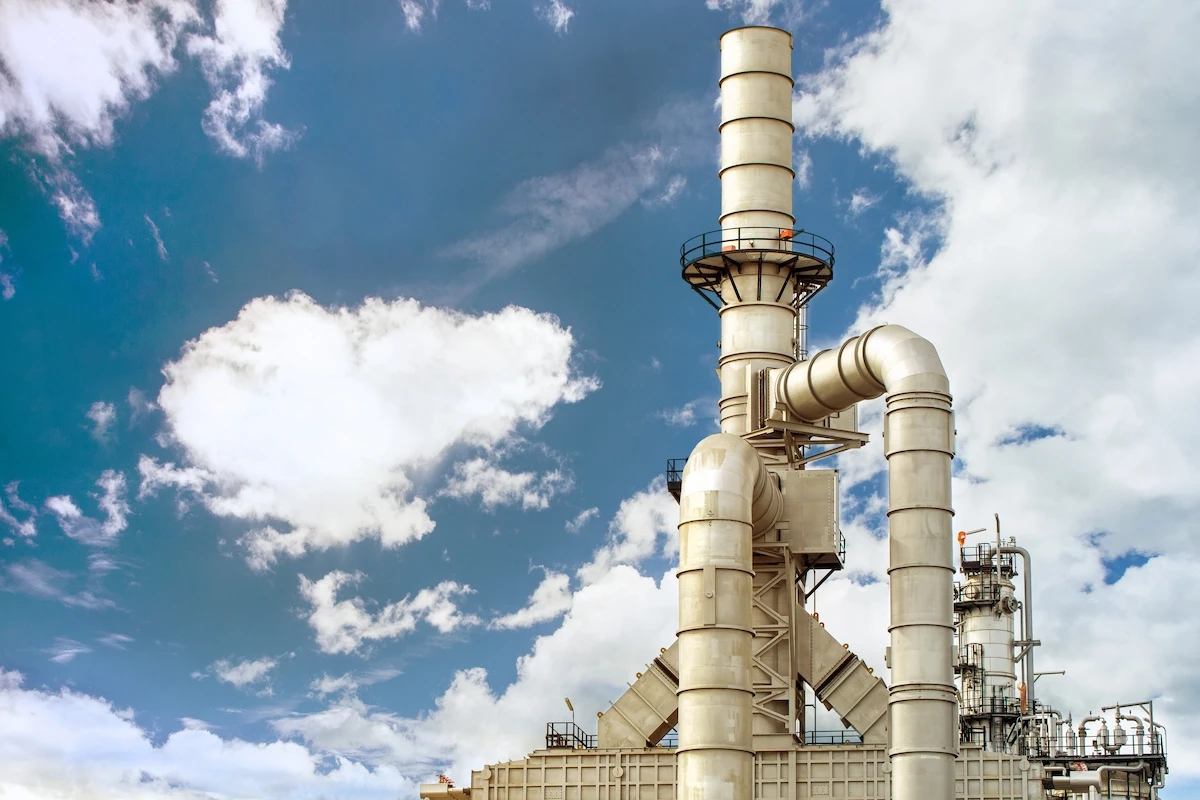
A gas power plant uses natural gas. Then, how does it work? The natural gas will be burned to release heat. This heat will be used to move the steam turbine connected to the generator. Next, this generator will release electricity.
6. Coal-fired Power Plant (PLTU)
While gas power plants use natural gas, coal-fired power plants use coal, which is burned to produce hot steam.
This hot steam drives a generator, which converts it into electrical energy. However, the coal combustion process produces emissions, making it less environmentally friendly. One of the largest coal-fired power plants in Indonesia is the Paiton Power Plant in East Java.
7. Nuclear Power Plant (PLTN)
PLTN is a type of power plant that uses nuclear reaction to produce heat and then create electricity. PLTN does not release carbon emissions, but the radioactive potential inhibits the development.
Read also: What Is Energy Efficiency? Here are the Benefits & Examples
8. Combined Cycle Power Plant (PLTGU/CCPP)
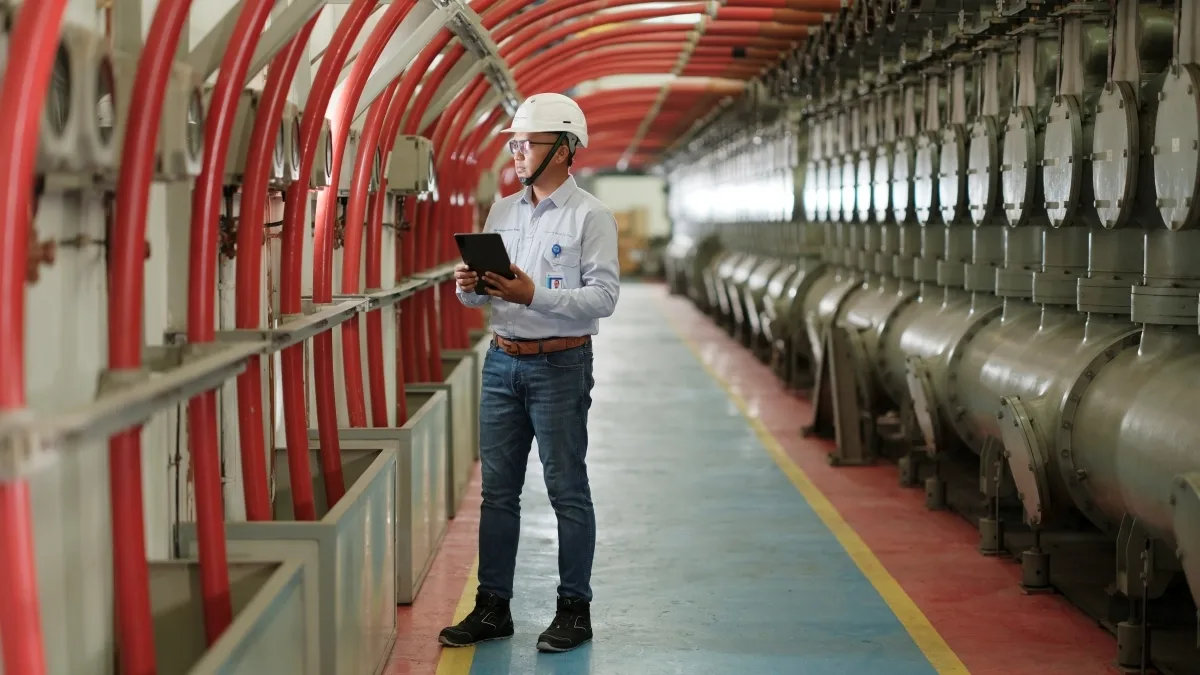
PLTGU, or a combined cycle power plant, has two types of turbines: steam and gas turbines, to produce electricity. PLTGU adopts coal-fired and gas power plants, making it more efficient. In Indonesia, there are several operating PLTGU, one of which is in Cilegon.
9. Diesel Power Plant (PLTD)
PLTD uses diesel fuel to power engines and generate electricity. PLTD is one of the power plants used in villages because it is easy to operate. However, PLTD emits carbon emissions, making it less environmentally friendly.
10. Tidal Power Plant (PLTPS)
The next type of power plant is the tidal power plant. It uses sea tides to move the turbines. It is considered environmentally friendly, but its use is not yet everyday.
11. Waste Power Plant (PLTSa)
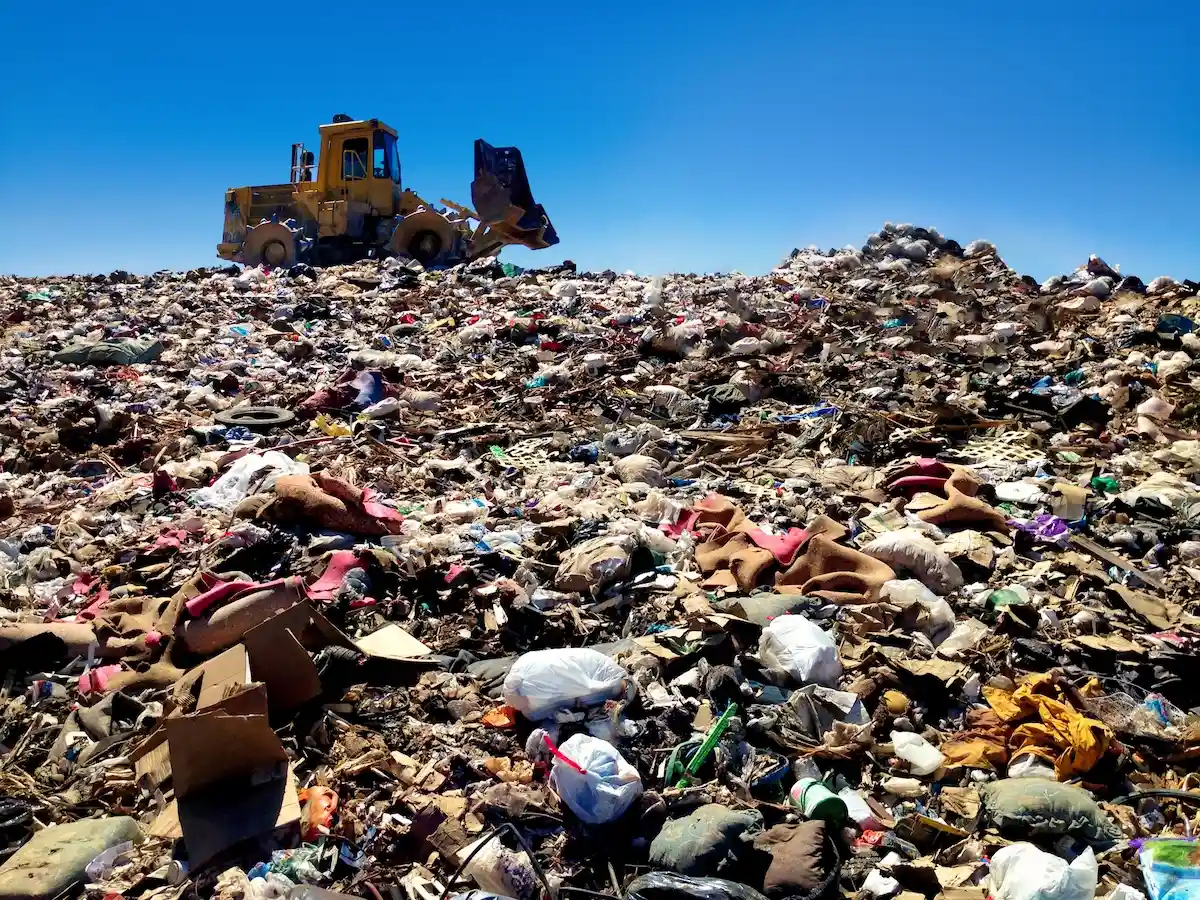
PLTSa is a type of power plant that utilizes waste. Waste is burned in an incinerator, and the steam and heat are used to turn a turbine. In addition to generating electricity, it also provides a solution for reducing the amount of waste in landfills.
12. Wave Power Plant (PLTGL)
This type of power plant uses ocean waves to turn turbines connected to generators, which then produce electricity. As a maritime country, Indonesia has great potential for developing ocean wave power plants. Moreover, ocean wave power plants are environmentally friendly.
That concludes the information about types of power plants. Power plants are among the alternative energies that can be used to reduce dependence on nonrenewable energy, like fossil energy. Some power plants are also environmentally friendly and do not emit carbon emissions.
Regarding power plants, Chandra Asri Group, through Krakatau Chandra Energi (KCE), utilizes a combined cycle power plant (PLTGU) of 120 MW for electricity supply.
Also, KCE provides renewable energy in the form of solar panels, such as solar on-grid systems, solar off-grid systems, and solar hybrid systems.
Therefore, entrust your company’s energy source to Chandra Asri Group and Krakatau Chandra Energi!
Read also: What Is the Impact of Using Eco-friendly Renewable Energy?